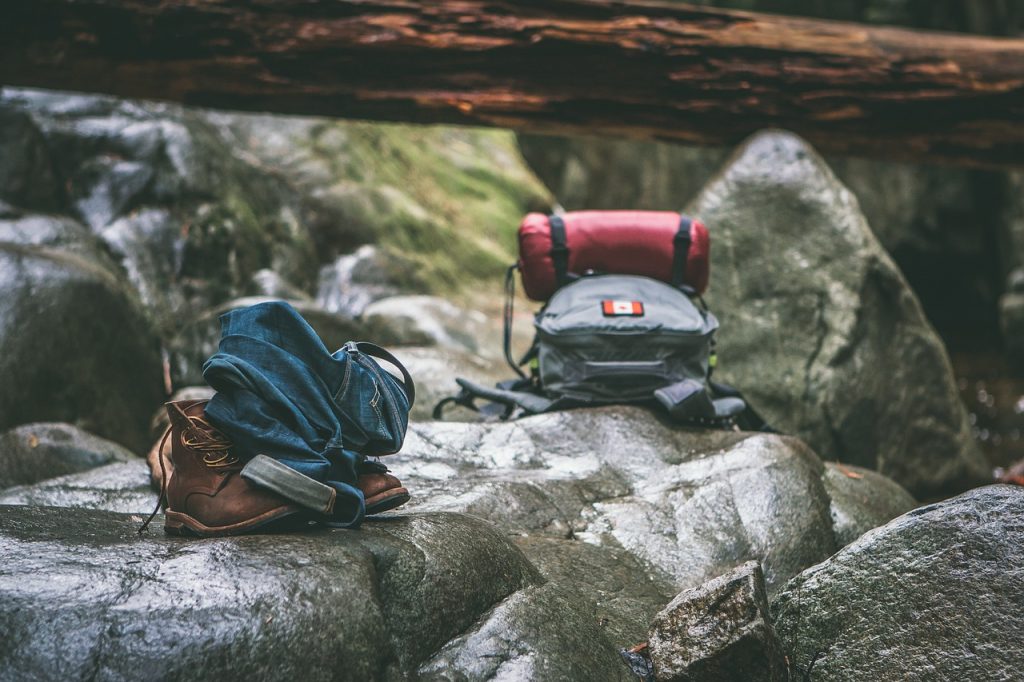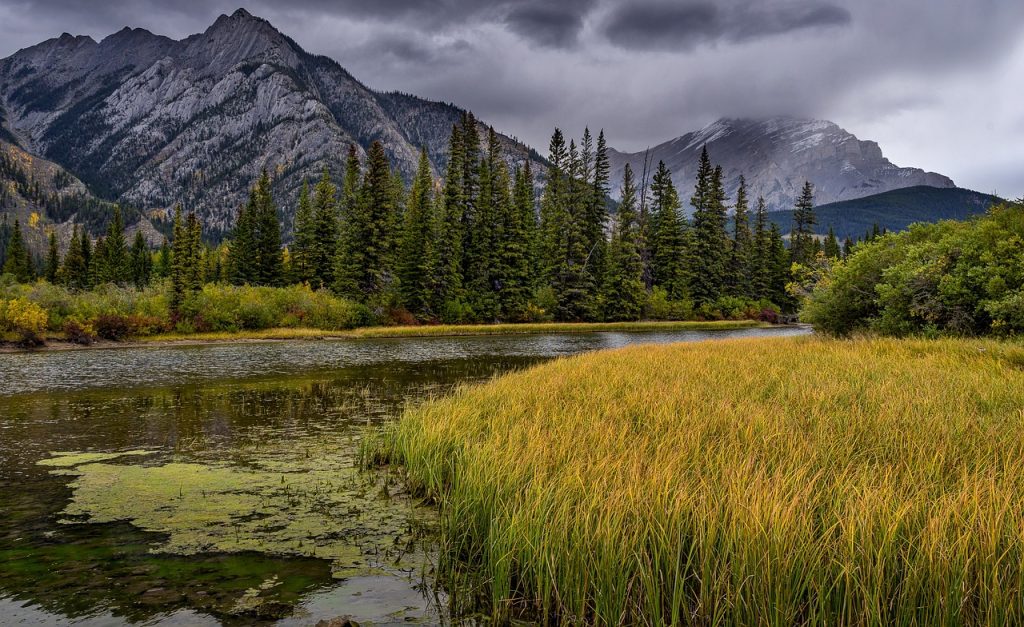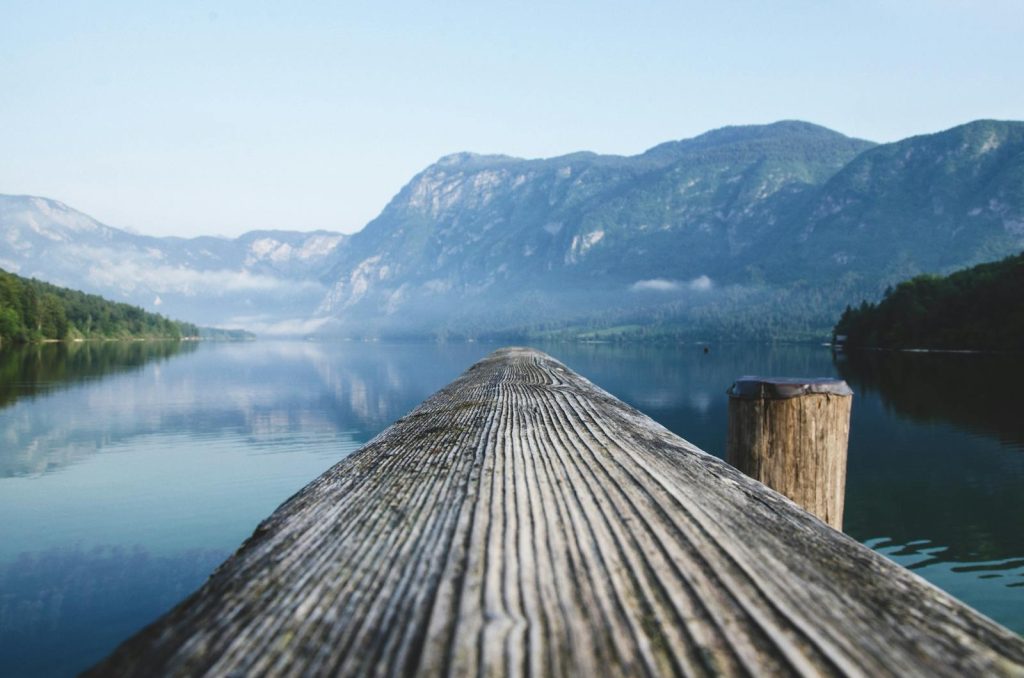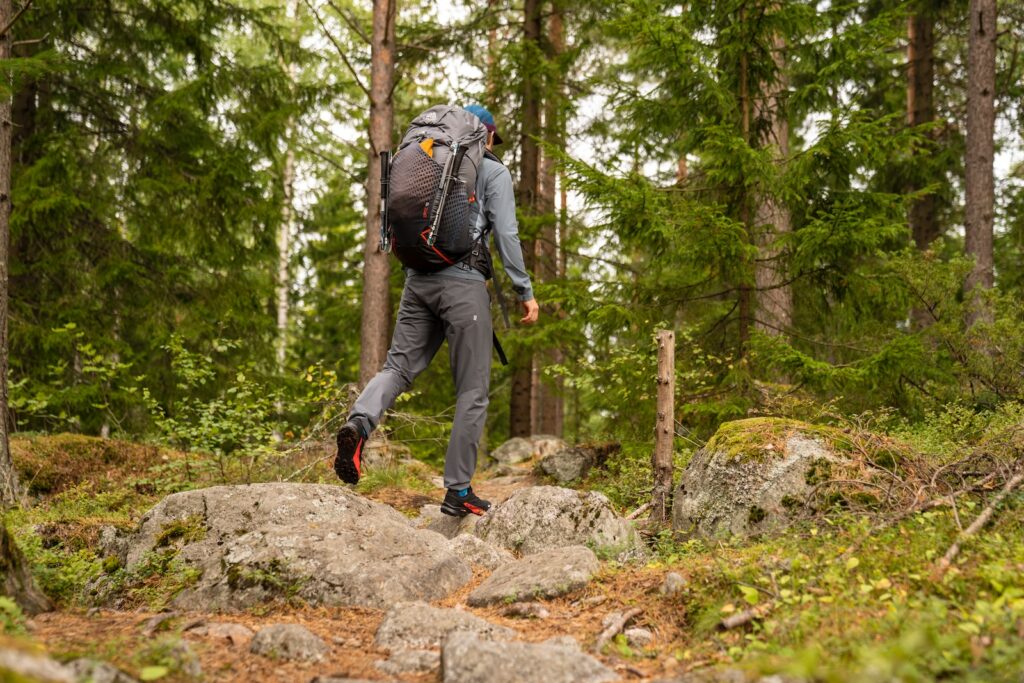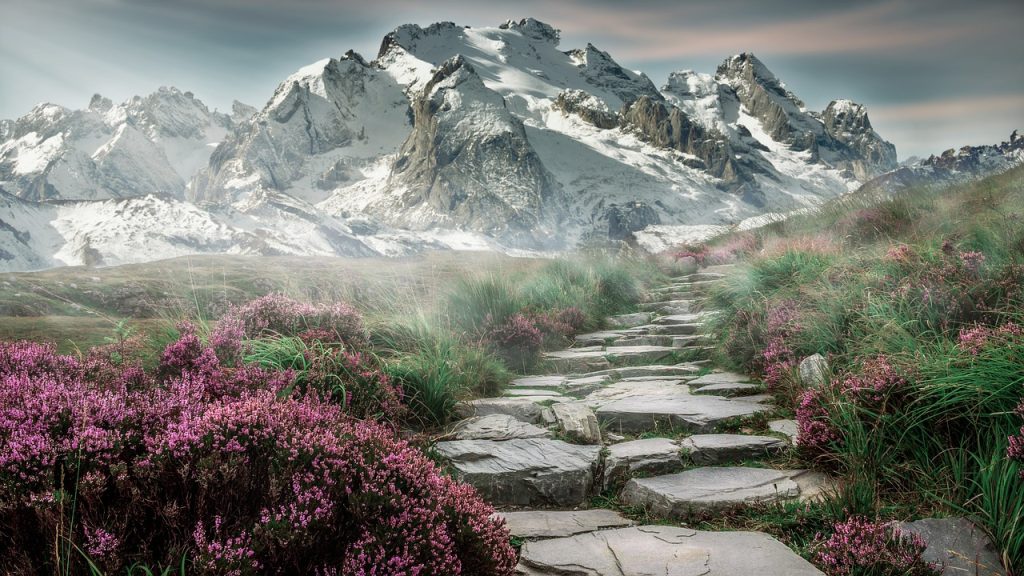 Leroy Filon on Pexels">
Leroy Filon on Pexels">
 Leroy Filon on Pexels">
Leroy Filon on Pexels">
Winter Wonderland: What to Wear for Cold Weather Hiking ?
Step into a world of frosty enchantment and breathtaking beauty – welcome to the winter wonderland! As temperatures plummet and nature dons its sparkling white coat, it’s time for adventurers like you to embark on unforgettable cold weather hikes. But before you lace up your boots and hit the trail, there’s one crucial question to answer: what should you wear? Fear not, dear explorer, for in this blog post we have all the answers!
Join us as we delve into the realm of winter hiking fashion, uncovering clothing essentials that will keep you warm without sacrificing style. Get ready to conquer frozen landscapes with confidence – because when it comes to dressing for cold weather hiking, we’ve got you covered!
What is Cold Weather Hiking?

Hiking in cold weather can be a great experience if you are prepared. Dress in layers so that you can easily remove or add clothing as needed. A base layer of wool or synthetic material will help wick away sweat and keep you warm. An insulating layer of fleece or down will help trap body heat, and a waterproof outer layer will protect you from the elements. Be sure to wear gloves, a hat, and proper footwear to prevent frostbite and other injuries.
Pros and Cons of Cold Weather Hiking
Assuming you have the proper gear for cold weather hiking, there are still pros and cons to this type of hiking. On the plus side, hiking in the winter can be incredibly beautiful. The air is often crisp and clean, and the scenery can be postcard-worthy with a dusting of snow. It can also be quieter than hiking in other seasons, as fewer people venture out in the cold.
On the downside, cold weather hikes can obviously be quite challenging from a temperature perspective. You’ll need to dress properly and keep yourself hydrated to avoid hypothermia or frostbite. In addition, trails may be more difficult to navigate in the winter due to icy conditions. Daylight hours are shorter in winter, so you may need to pack a headlamp just in case your hike takes longer than expected.
Skincare for Cold Weather Hiking
When the mercury dips and the snow begins to fall, that doesn’t mean your hiking adventures have to come to a screeching halt. With the right preparation and gear, you can keep on exploring throughout the winter months. But what exactly do you need to stay safe and comfortable when hiking in cold weather?
First things first: layering is key. You’ll want to start with a base layer of moisture-wicking fabric next to your skin, followed by a insulating middle layer, and topped off with a waterproof outer layer. This will help you regulate your body temperature and prevent any sweaty layers from turning cold once you stop moving.
As for your feet, make sure they’re well insulated with wool socks and warm hiking boots. And don’t forget about your hands! A good pair of gloves is essential for protecting against the cold.
Be sure to pack plenty of food and water to keep your energy levels up, as well as some extra clothes in case you get wet or lost in the wilderness overnight. With these tips in mind, there’s no reason why you can’t enjoy all the winter has to offer – even if that means hitting the trails instead of the slopes.
Layering for Cold Weather Hiking
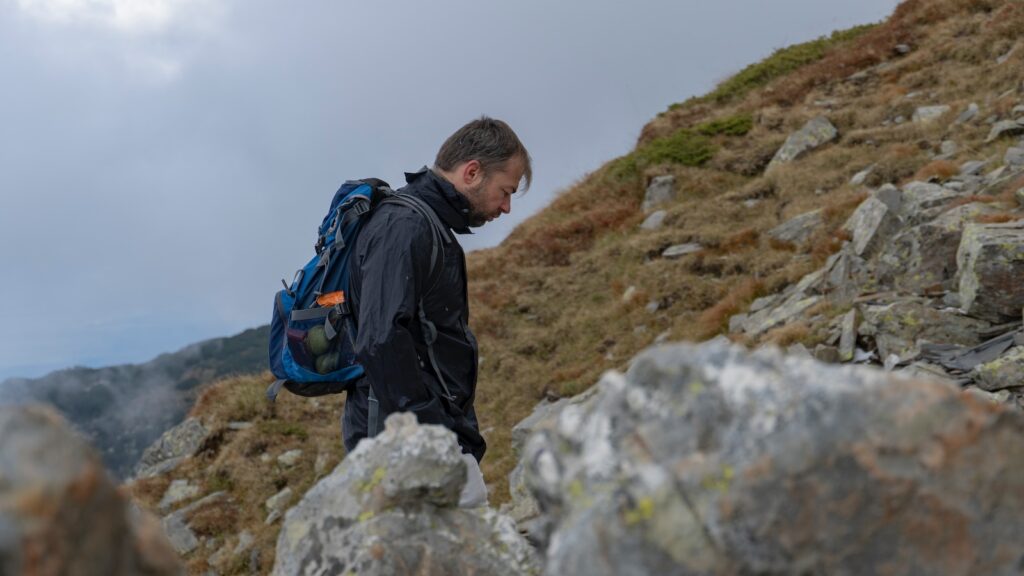
Whether you’re summiting a 14,000-foot peak or hitting the trails for a day hike, the key to staying comfortable in cold weather is layering. With the right combination of layers, you can regulate your body temperature to stay warm and dry—even when the temperatures take a dip.
Not sure where to start? Here’s a complete guide to layering for cold weather hiking, from base layers to insulating layers to outerwear.
Base Layers: These are the foundation of your cold weather hiking outfit. They should be snug but not tight, and made from materials that wick sweat away from your skin. Merino wool and synthetic fabrics are two good options.
Insulating Layers: Once you have a good base layer in place, it’s time to add some insulation. Down and synthetic insulated jackets are both great options for hiking in cold weather. If you’re hiking in wet conditions, though, down may not be the best choice since it loses its insulating properties when wet.
Outerwear: The final layer in your cold weather hiking outfit is your shell layer—the piece of clothing that protects you from wind, rain, or snow. A waterproof and breathable jacket is essential for keeping you dry and comfortable on wet and windy days.
The Best Clothes to Wear for Cold Weather Hiking
When it comes to cold weather hiking, the best clothes to wear are those that will keep you warm and dry. In general, you’ll want to layer your clothing to create a system that can be adjusted as needed to regulate your body temperature.
Base layers should be made from materials that wick moisture away from your skin, such as wool or synthetic fibers. Middle layers should provide insulation, such as down or synthetic fill. Outer layers should be waterproof and windproof to protect you from the elements.
In terms of specific items, a good pair of hiking boots is essential for keeping your feet warm and dry. Waterproof socks are also a good idea if you know you’ll be hiking through snow or wet conditions. Other key Cold Weather items include a hat or hood to protect your head and face from the wind, gloves or mittens to keep your hands warm, and goggles or sunglasses to shield your eyes from the sun and glare off of the snow.
By following these guidelines, you’ll be sure to stay warm and comfortable on your next cold weather hike!
Recommended Accessories for Cold Weather Hiking
If you’re planning on hitting the trails this winter, you’ll want to make sure you have the right gear to keep you warm and comfortable.
Here are a few recommended accessories for cold weather hiking:
1] A good pair of gloves is essential for keeping your hands warm. Look for gloves that are waterproof and windproof, with a good grip so you can still handle your hiking poles and other gear.
2] A hat or headband will help keep your head and ears warm, and can also help prevent heat loss from your head.
3] A scarf or neck gaiter can help protect your face from the cold wind and prevent heat loss from your neck.
4] Good quality base layers are key for staying warm in cold weather. Look for items made from wool or synthetic materials that will wick away sweat and keep you warm even when wet.
5] An insulated jacket is crucial for staying warm in cold weather conditions. Down jackets are a great option as they’re lightweight and packable, but make sure to choose one that’s waterproof as well so you stay dry if it starts to snow.
6] Snow pants or gaiters will help keep your legs warm and dry in snowy conditions. If you don’t need the extra warmth, opt for water-resistant pants instead so you can still move freely without getting wet.
Basic Tips for Dressing for Cold Weather Hiking
Assuming you already have the necessary gear for cold weather hiking, like a good pair of boots, here are some tips for what to wear:
1) Start with a base layer: A snug fitting synthetic or wool top will help to wick away sweat and keep you warm. Avoid cotton as it will hold moisture next to your skin and make you cold.
2) Add an insulating layer: This can be a down jacket or vest, a fleece, or even a wool sweater. Make sure this layer is also snug fitting so that heat isn’t escaping.
3) Protect yourself from the elements: A waterproof and breathable shell is essential for keeping out wind and snow. If it’s particularly cold, you might also want to add someWindstopper gloves and/or a face mask.
Conclusion
Cold weather hiking can be a great outdoor activity to explore the beauty of winter. When it comes to an enjoyable outing, the best outfit is one that offers both warmth and style. With the proper layering pieces, you can stay warm while still looking fashionable out on the trails.
Be sure to include base layers like long underwear, mid-layers for insulation such as sweaters or jackets, and outerwear like coats or parkas for extra protection from strong winds or snowfall. Once you’ve got your cold weather gear sorted out, all that’s left is for you to grab your daypack and hit the winter trail!

